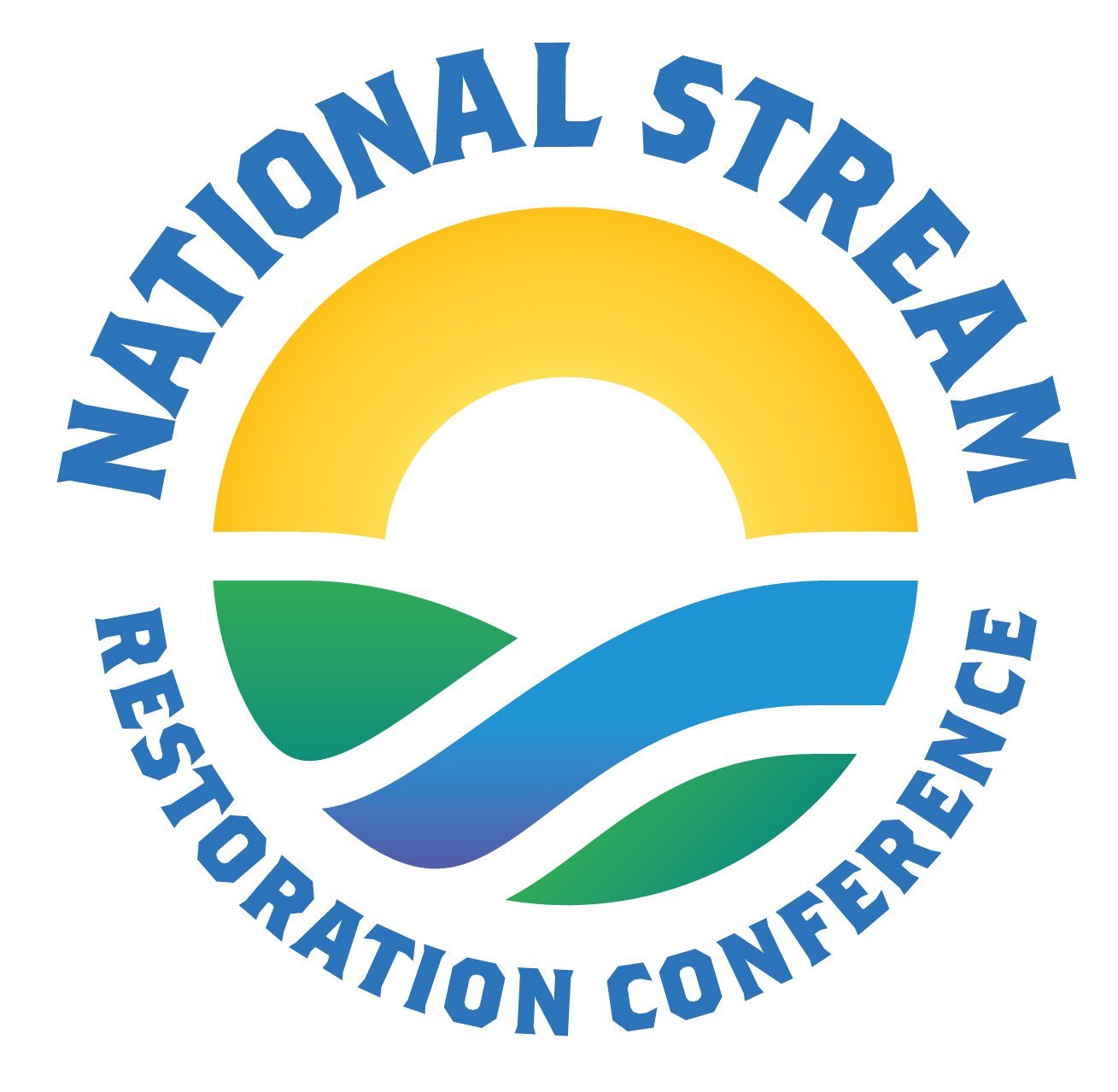National Park Service Watergate Wetlands Restoration Project: Restoration for Today and the Future
Matthew Holthaus, PE, CFM, ENV.SP, CERP
Robert Wachter III, CERPIT
Moisés Roldán
WSP USA, Inc
Lawrenceville, NJ
Authors: Holthaus, Matthew D., PE, CFM, ENV.SP, CERP; Wachter III, Robert, CERPIT; Roldán, Moisés
As a result of climate change effects causing changes more rapidly, wetland managers have to embrace a new approach when designing wetland restorations by no longer designing just to pre-disturbance conditions, but designing restorations that will also facilitate adaptation and long-term resilience. The National Park Service proposed to restore wetlands associated with Van Campens Brook at the Watergate Recreation Site by removing artificial dams and ponds, thereby reestablishing its floodplain connection. Restoration efforts were conducted as compensatory mitigation for unavoidable impacts on wetlands associated with a transmission line project. WSP USA, Inc. provided full design, permitting and construction services to achieve a high-functioning wetland and riparian floodplain system with more natural fluvial dynamics.
The Watergate site is a critical host to multiple special status species documented within the New Jersey Categorical 1 waterway of Van Campens Brook, in which its watershed and resource value is solely contained within the NPS property. To develop the overall restoration approach, multiple design studies were conducted, including Hydrologic and Hydraulic modeling, climate resiliency adaptation, geomorphology and reference site surveys, topographic survey, soil investigations and beneficial reuse classification, cultural resource investigations, T&E surveys (flora and fauna) and mitigation plans, and invasive treatment management. Key to the design and sustainability of the site was the evaluation of impacts to designed habitats as a result of climate change. Utilizing over 20 climate models to develop a regionalized temporal model, daily precipitation, evapotranspiration and storm frequency rainfall depths were projected to 2100. The impact of these projected future climate conditions were used to evaluate the adaptability of the design. Adjustments were then incorporated into the restoration design to allow for the natural lateral migration of wetland habitats predicted within Van Campens Brook floodplain.
About Matthew Holthaus, PE, CFM, ENV.SP, CERP
Matt is a civil and environmental engineer with over a decade of experience in civil engineering with an emphasis on water resources engineering, fluvial geomorphology, and ecological restoration. His expertise includes developing and leading teams in evaluations for restoration sites; managing field crews during intensive field efforts to support technical studies; performing and leading technical analyses to support ecological restoration projects of variable types as well as water resource engineering projects, specifically to flood resiliency-based work. Matt, over the course of his career, has designed; permitted; and provided construction oversight for the restoration of over 1,000 acres of marsh restoration and 10 miles of stream restoration.
https://www.linkedin.com/in/matthew-holthaus-pe-cfm-env-sp-cerp-8b05202a/
About Robert Wachter III, CERPIT
Coming Soon
About Moisés Roldán
Coming Soon


